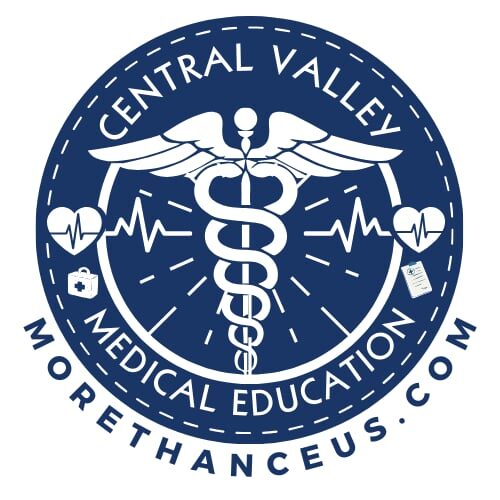Safety-Engineered Sharps Devices & Needleless Systems
The use of safety-engineered sharps devices and needleless systems is one of the most effective strategies in preventing needlestick injuries and reducing occupational exposure to bloodborne pathogens. These devices are specifically designed to eliminate or minimize the risk of injury during handling, use, and disposal of sharps.
Their integration into clinical practice isn’t just the best practice, it’s a requirement under OSHA’s Bloodborne Pathogens Standard, which mandates that employers must evaluate and implement safer medical devices when feasible.
🛠️ What Are Safety-Engineered Sharps Devices?
These are medical tools built with mechanical features that protect users from injury, either:
- Before use
- During use
- Immediately after use
Common Types Include:
- Self-sheathing needles: The needle is covered by a sleeve after injection.
- Retractable needles: The needle automatically retracts into the syringe barrel after use.
- Blunt-tip surgical suture needles: Used to reduce sharps injuries during suturing.
- Safety scalpels: Feature retractable or shielded blades.
These devices often activate automatically or require a single-handed technique, reducing reliance on user action during critical moments.
💉 Needleless Systems
Needleless systems eliminate the use of needles entirely for certain procedures — especially for medication administration or fluid transfer.
Examples Include:
- IV systems with Luer-lock connectors
- Jet injectors for vaccines
- Spring-loaded devices for dermal medication delivery
- Closed blood sampling systems for arterial lines
These systems drastically lower the risk of percutaneous injuries without compromising patient care or efficiency.
📊 Effectiveness and Regulatory Compliance
Evidence-Based Outcomes:
- Facilities that implement safety-engineered devices report up to a 70% reduction in sharps-related injuries.
- According to the CDC, the widespread use of safer devices could prevent over 100,000 injuries per year in U.S. hospitals alone.
OSHA Requirements:
- Employers must maintain a sharps injury log that includes device type and injury context.
- Annual device evaluations must involve frontline healthcare staff who actually use the equipment.
- Documentation must show that safer alternatives have been considered and implemented where possible.
🧠 Key Takeaways:
- Safety-engineered devices are proven, required, and life-saving.
- They must be used correctly and consistently to be effective.
- Facilities are obligated to ensure access, training, and staff input on all sharp safety devices.
